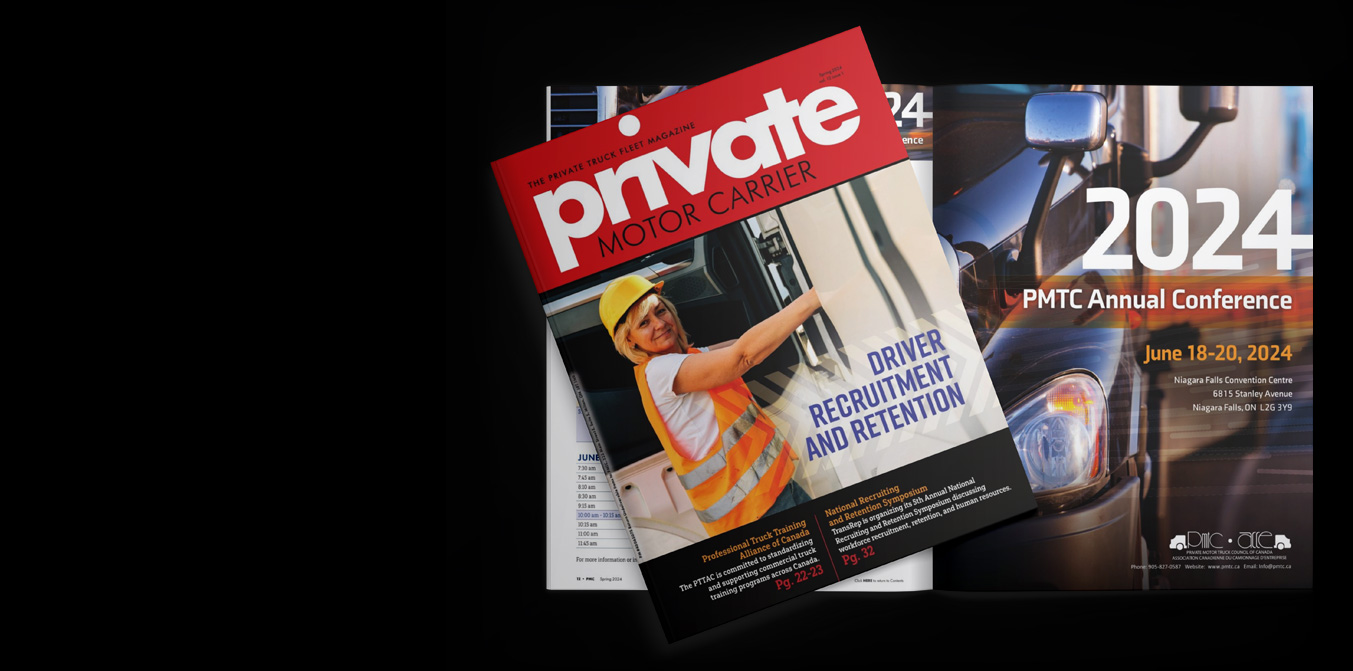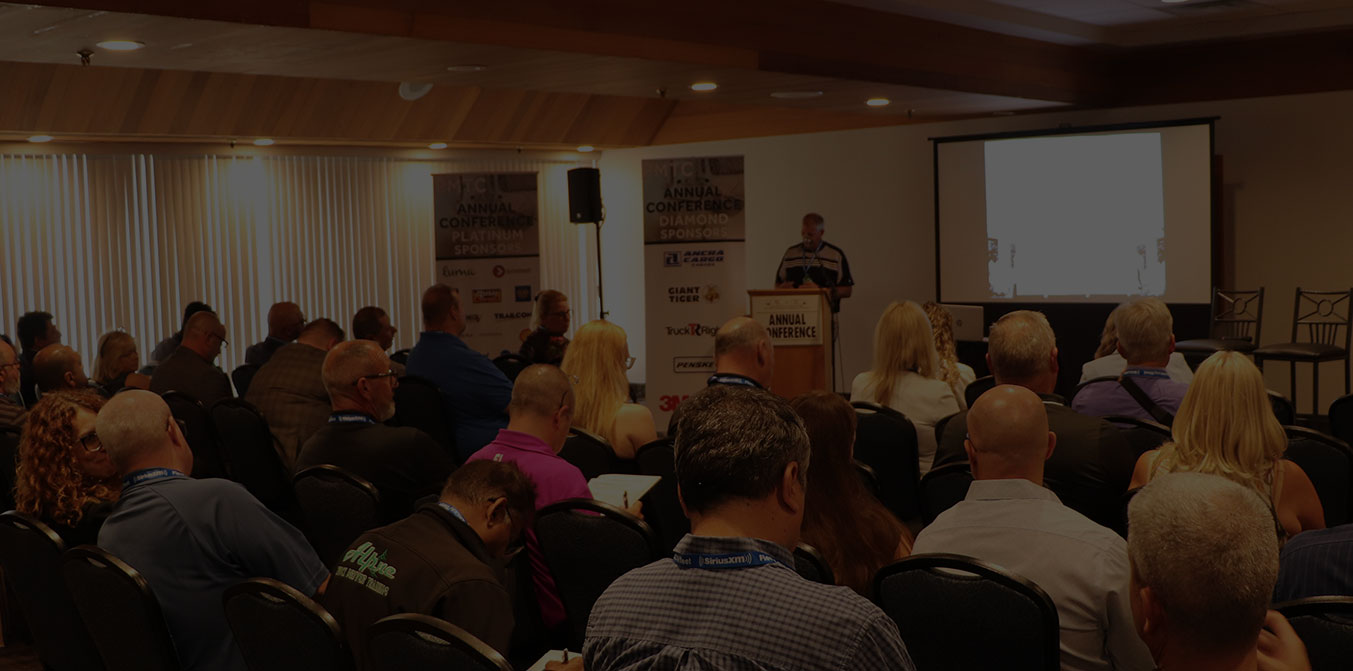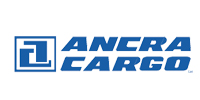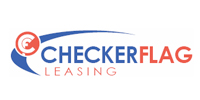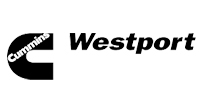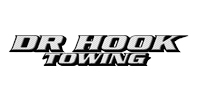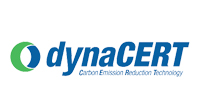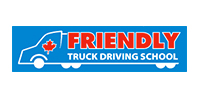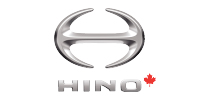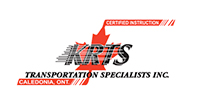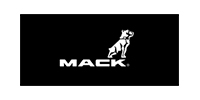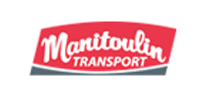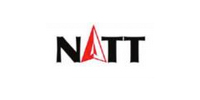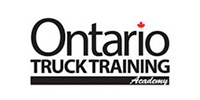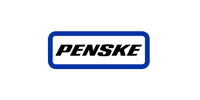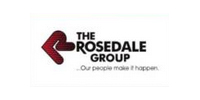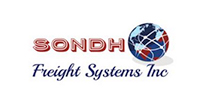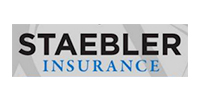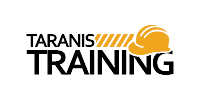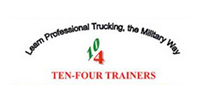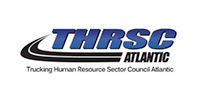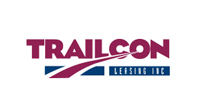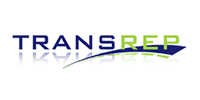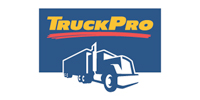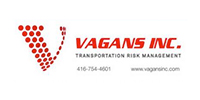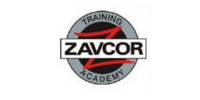Private fleets enhance corporate brands, and vehicle graphics are only one of the tools
YOU KNOW PRIVATE FLEETS PLAY an important role in corporate branding efforts when they become the stars of advertising campaigns. Coca-Cola’s tractor-trailers are lit up like Christmas trees in one holiday classic. The thirsty residents of another fictional town are shown forming a human bridge to allow a Budweiser truck to pass. Yet another TV ad shows stars driving their own versions of Diet Pepsi trucks, after rapper Sean “Diddy” Combs hitches a ride in one of the delivery vehicles to a red carpet event.
It’s all about making a lasting impression with customers.
Company names and logos have appeared on vehicle doors and panels for about as long as there have been trucks on the road. But the real leap in vehicle graphics emerged in the early 1990s, when a 3M vinyl wrap transformed an entire bus into a moving Crystal Pepsi ad. Then the results were impossible to ignore.
Advances in digital printing are now delivering more vibrant colours and photo-realistic looks than ever. Reflective graphics enhance visibility during the day and night, and installation times have been slashed with the help of pressure-sensitive adhesives which keep the film from sticking in the wrong place. Even conspicuity tape can be included in the final image. Securitrim offers low volumes of the reflective markings with a buyer’s logo.
The size of the potential audience for these graphics is staggering, and it can even be verified. Using GPS data tracking 10 Snapple trucks for three months, Cadbury Schweppes found that its vehicles delivered a Prime Daily Effective Circulation of 6 million people.
Best of all, the trucks can be steered toward specific geographic areas, says Glenn Pattison, image and graphic specialist with 3M’s Commercial Graphics division. “You can use specific trucking routes to optimize targeted demographics,” he explains. Want to capture the attention of young families? Make sure the route passes schools and parks.
Some messages simply make a bigger impact than others.
Truck graphics play their most effective roles when supporting already-well-known brands, explains Alan Middleton, marketing professor with the Schulich School of Business at York University. In just a few seconds, the moving ad can reinforce an existing company image. But smaller brands can still benefit. A Longos Grocery Store, for example, can remind consumers about a community’s retail location, he says. “It’s a very good reinforcement medium.”
The best versions of the graphics also tend to combine large product images with simple messages like a slogan, Pattison adds. “You don’t want to make it too busy.” Those who combine picture of people with the products risk detracting from the key message, he says.
Middleton refers to the side of a trailer as a “one concept” medium because the tagline and picture should convey a single thought. Rather than listing an entire McDonald's menu, the message should boil down to the idea that there is a promotion for great coffee. This is when it becomes an effective part of the “brand-scape”.
The value of a brand will still remain unblemished if the truck driver’s actions annoy another motorist, Middleton says. “Most people are intelligent enough about how things work. It’s not the one-off that’s remembered. It’s the consistency ... if you’re not being rigorous about the state or condition of the truck or the driver, there will be potential harm.”
Fleets certainly need to consider the anticipated lifespan of the message when making related product choices. There is a difference in the materials used to support a short-term interchangeable message and one that is expected to last several years. The wrong choices will fade or peel prematurely, leaving a tired appearance that can actually harm the brand, Pattison says.
The most effective projects also tend to join fleet personnel and corporate marketing teams together, to ensure every message complies with brand controls as diverse as font choices and images. And the funds themselves tend to be covered by corporate out-of-home advertising budgets, such as those dedicated to buying space on a billboard.
But a fleet’s branding power is not limited to trucks alone.
Driver uniforms, for example, can play a key role in conveying a company’s professionalism. Researchers at Suffolk University’s Sawyer Business School found that 56% of those surveyed in a 2011 study said uniforms were more effective than internet advertising, and 75.7% said the uniforms topped billboard advertising. The more exposed employees are to their customers, the bigger the impact.
The uniforms also add an instant sense of credibility to those who interact directly with customers, such as service personnel who install Bell Fibe internet service, Middleton says. “It’s just an added element that makes the end user feel safer.”
Of course, the most effective branding efforts are more than skin deep. Fleet employees like drivers can transform into brand ambassadors, whether they interact with the general public or share their thoughts through social media.
That transformation begins with training, Middleton says, referring to sessions like an annual briefing on the meaning of the corporate brand. The biggest challenge is in the language. Rather than echoing the “pablum” of many mission statements, it should be in a clearly defined message, he says.
Drivers who are asked to play a bigger role in the branding, and shown they are part of a broader corporate team, will show more pride in their work. “The more you treat them as a commodity, the more they are to act that way,” Middleton says.
“You want to make sure the graphics, the uniform, the brand, and the training is consistent with the overall direction,” he says. “It breaks these people away from just being regarded as routine drivers.”
Collectively, it helps a brand make its mark.


